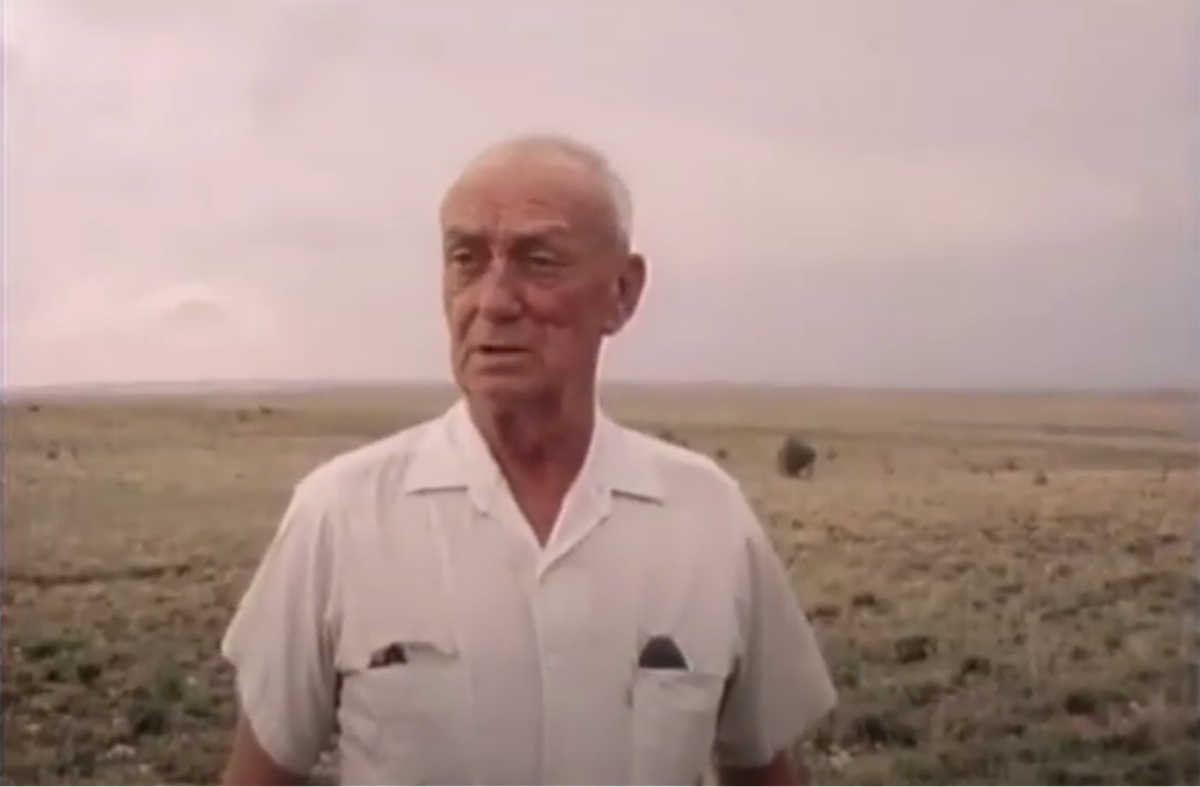
Summary
The crash of an aerial object outside the city of Roswell, New Mexico, in 1947, is perhaps the most famous alleged UAP incident in the history of the phenomena. Upon its occurrence, however, it caused a brief stir in headlines and promptly faded into the larger “flying saucer” wave of that year. For decades after, the Roswell crash was forgotten.
That is until 1978 when UFO researchers happened upon Jesse Marcel, the Army Air Force intelligence officer who recovered the debris, and Vern and Jean Maltais, a couple with a secondhand story of strange bodies found in the desert.
Over the next two years, a narrative of extraterrestrial wreckage and corpses and a government conspiracy to conceal it all gained momentum, principally through a book, a film and an episode of a popular television show.
If the narrative entertained the broader public, it hooked the UFO investigative community. Roswell, many thought, promised physical evidence of extraterrestrial visitors to Earth. By the 1990s, after years of investigation and hundreds of interviews with witnesses, a second wave of books, articles, television and film crashed upon the collective consciousness. For millions of people, “Roswell” became synonymous with aliens.
…
A note to readers: This article is the second in our three-part series on Roswell. To start from the beginning, click here for Roswell, Part I - The Incident. There we attempt to distill, to the extent possible, what diverse sources broadly agree upon as the basic facts and context of the 1947 crash.
If you’d like to skip ahead, click here for Roswell, Part 3 where we’ll present the case that the U.S. Air Force made in 1995 and 1997 against the bodies-wreckage-and-conspiracy narrative. We’ll also look at the response to these Air Force reports from some of the UFO investigators who played a part in making Roswell perhaps the most famous UAP event (or non-event) in history.
Rebirth: 1978-80
Marcel and the Maltaises
The rediscovery of the Roswell crash largely began with a chance encounter.
In February 1978, nuclear physicist and UAP investigator Stanton Friedman was at a television station in Baton Rouge, Louisiana, promoting his speaking tour “Flying Saucers ARE Real,” when, after his segment wrapped, the station manager allegedly gave him a tip.
“The person you ought to talk to is Jesse Marcel,” Friedman recalled the station manager saying.¹
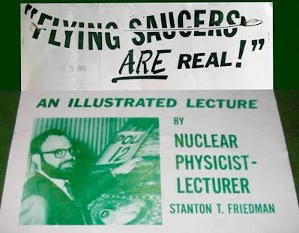
The manager allegedly said that Marcel, whom he knew through ham radio, had an astonishing UAP account. Friedman then called Marcel at his home in Houma. Marcel allegedly told Friedman that decades ago, in his former capacity as an Army Air Force intelligence officer,² he once recovered strange debris from the New Mexico desert.
According to Friedman, Marcel told him that much of the material was at once extremely light but unaccountably strong, and that after he turned it over to his superiors, he was told that it was nothing more than a crashed weather balloon and that he should say nothing more about it.
In relating the event, Marcel could not recall an approximate date. Friedman decided not to investigate further, but put Marcel in touch with Leonard Stringfield, a UAP investigator who specialized in alleged crashes.
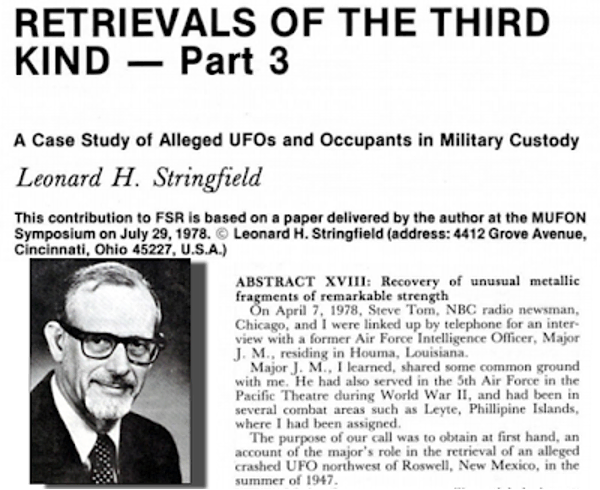
Months later, as Friedman was still on tour, a couple named Vern and Jean Maltais approached him after a speaking engagement. They told Friedman that a deceased friend of theirs, Grady Barnett, a surveyor, once witnessed a military recovery of strange wreckage in the New Mexico desert.
According to the Maltaises, Barnet saw alien bodies amid the debris.
Like Marcel, the Maltaises could not recall a date. They also could not offer a specific location.
As he had done with Marcel, Friedman passed the Maltaises’ information onto another investigator: William Moore, a UFO researcher based in Minnesota. Soon after, Moore discovered the newspaper accounts of the Roswell Crash in July 1947, headlines that first pronounced “RAAF Captures Flying Saucer On Ranch in Roswell Region” only to retract the startling claim on the following day.⁴
Friedman and Moore, suspecting a connection between these headlines, the Maltaises’ secondhand account, and Marcel’s distant memory, traveled to Roswell to see what they could find. Over the next year, the pair allegedly interviewed 62 people connected to the Roswell crash.⁵
Between their efforts, a story emerged.
Bodies and wreckage
Friedman and Moore would soon make their case of Roswell to the public: Friedman in the 1979 documentary version of his lecture, UFO’s Are Real, and Moore in The Roswell Incident, a book published in 1980 and co-authored with Charles Berlitz, a writer who had popularized paranormal theories around the Bermuda Triangles.
Both UFO’s Are Real and The Roswell Incident argued that the 1947 Roswell crash had produced evidence that could settle the UFO controversy once and for all.⁶
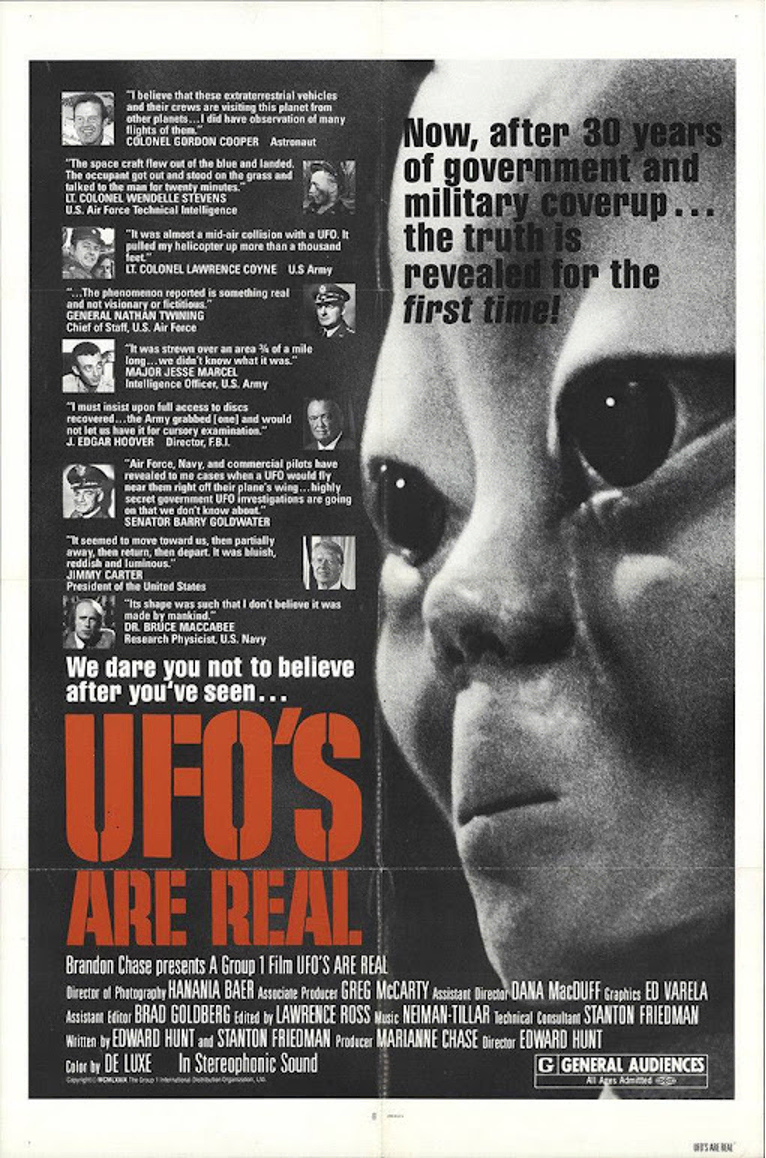
An extraterrestrial spacecraft had crashed in the New Mexico desert in 1947, and the U.S. government had taken possession of the wreckage and the bodies of the spacecraft's occupants, they said.
Friedman and Moore’s explosive argument broke through the specialized realm of UFO buffs, and in September 1980, the television show In Search Of…, hosted by Leonard Nimoy, ran an episode partially reenacting their case for bodies, wreckage and conspiracy.⁷
Much of the case rested on Marcel.⁸
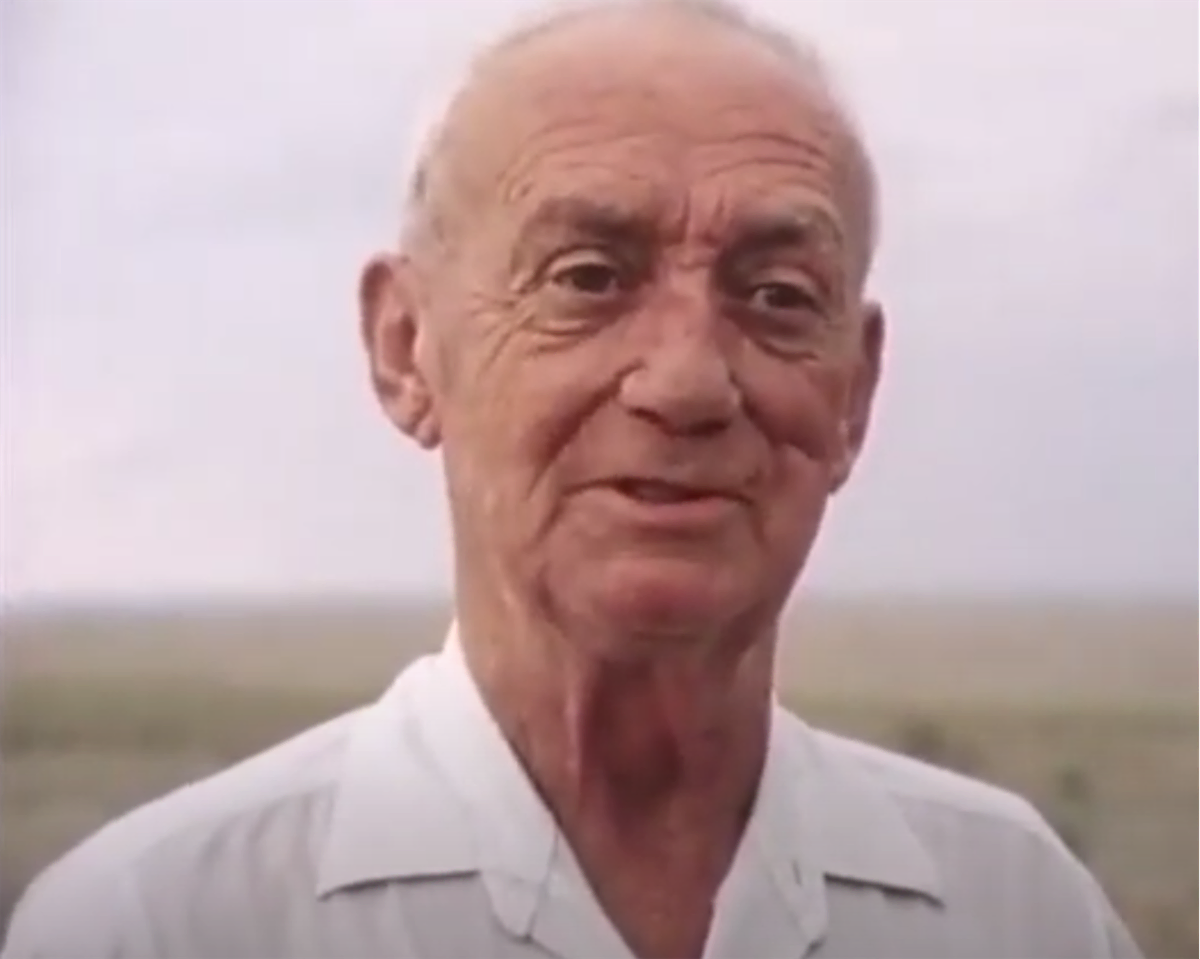
In The Roswell Incident, In Search Of … and UFO’s ARE Real, Marcel alleges that the debris he encountered could not be burned, and despite its extreme thinness, it could not be dented or bent.⁹ However, other bits of debris, he said, one could crumple in their hand, though no crease would stay. Another piece, a small beam that was hidden from the press, Marcel said, bore a sequence of figures that he likened to hieroglyphics.¹⁰
Altogether, he said, what they found in the desert “was not anything of this earth.”¹¹
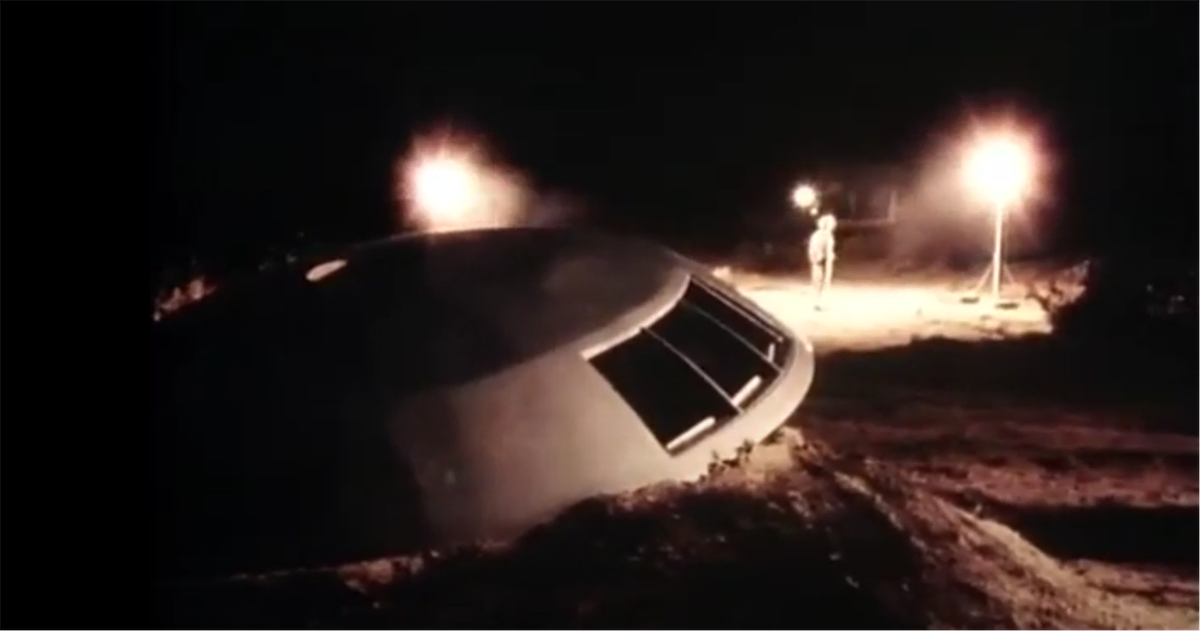
The Roswell Incident and UFO’s ARE Real also assert that the Maltiases’ account of what their friend, Grady Barnett, once told them, presented evidence that the Roswell crash produced another field of debris, one with extraterrestrial bodies in the desert sand and brush.
The Maltiases alleged that Barnett said the bodies were small with large heads, were dressed in one piece suits, and did not appear to be human. The Maltsaises said that Barnett claimed that an archeological team from the University of Pennsylvania also happened upon the site and that military team then arrived and escorted Barnett and the archeologists away from the site.¹²
The coverup of both crash sites, The Roswell Incident asserts, involved not only the Army and Air Force, but the National Aeronautics and Space Administration, the Central Intelligence Agency, the Federal Bureau of Investigations and more.
Moore and Berlitz devote special scrutiny to the FBI, and in particular a few declassified memos wherein agents recorded secondhand accounts of the army having recovered a spacecraft. J. Edgar Hoover, FBI Director, responded to these memos, saying that if such saucers were recovered, the military was stonewalling the FBI’s access to them.¹³
…
In two years, the Roswell crash had gone from a forgotten oddity in the American Southwest to a UAP sensation spawning articles, books, films and television episodes. The lure of Roswell, however, was not the thousands of words or the yards of footage it generated.
The Roswell crash, as depicted by Friedman, Moore and their collaborators, promised that if enough of the incident came to light, the U.S. government could produce alien bodies and wreckage, physical evidence to defeat any skepticism surrounding an extraterrestrial hypothesis of UAP.
In other words, Roswell would settle the mystery.
The investigations and hype were just beginning.
The second wave
MJ-12
With the promise of a recovered saucer and its wreckage, alien corpses and a vast government conspiracy to hide what could amount to the most consequential discovery in human history, Roswell became an obsession for UFO investigators.
The conspiracy seemed to thicken in 1983 when Moore came into possession of a document that would become known as the “Majestic 12” memo. The document described a task force of twelve operatives handpicked by President Harry S. Truman to conceal the alleged saucer and bodies recovered from Roswell.¹⁴
In 1987, Moore and Friedman disseminated the so-called “Majestic 12” memo, though two years later, Moore disavowed the document as part of a disinformation campaign.¹⁵

The admission did not dampen enthusiasm around Roswell, and in 1989, the bodies-and-saucer narrative once again emerged onto television screens.
Unsolved Mysteries
On September 20, 1989, exactly nine years after the Roswell episode of In Search Of…, NBC aired an episode of Unsolved Mysteries on the Roswell crash. It featured interviews with Jesse Marcel, Jr. (Marcel’s son), W.W. Brazel’s neighbor’s Loretta Procter, William Haut (the press officer at Roswell Army Air Field), Vern Maltais, Stanton Friedman, a woman named Sappho Henderson, who claimed that in 1981 her husband, Air Force Captain O.W. “Pappy” Henderson, told her that he flew the alleged alien corpses away from Roswell to Wright Patterson Air Force Base in Ohio, and Kevin Randle, a U.S. Army pilot turned UFO investigator who would soon become a leading voice in spreading an ever more detailed and eye-popping version of the events near Roswell.
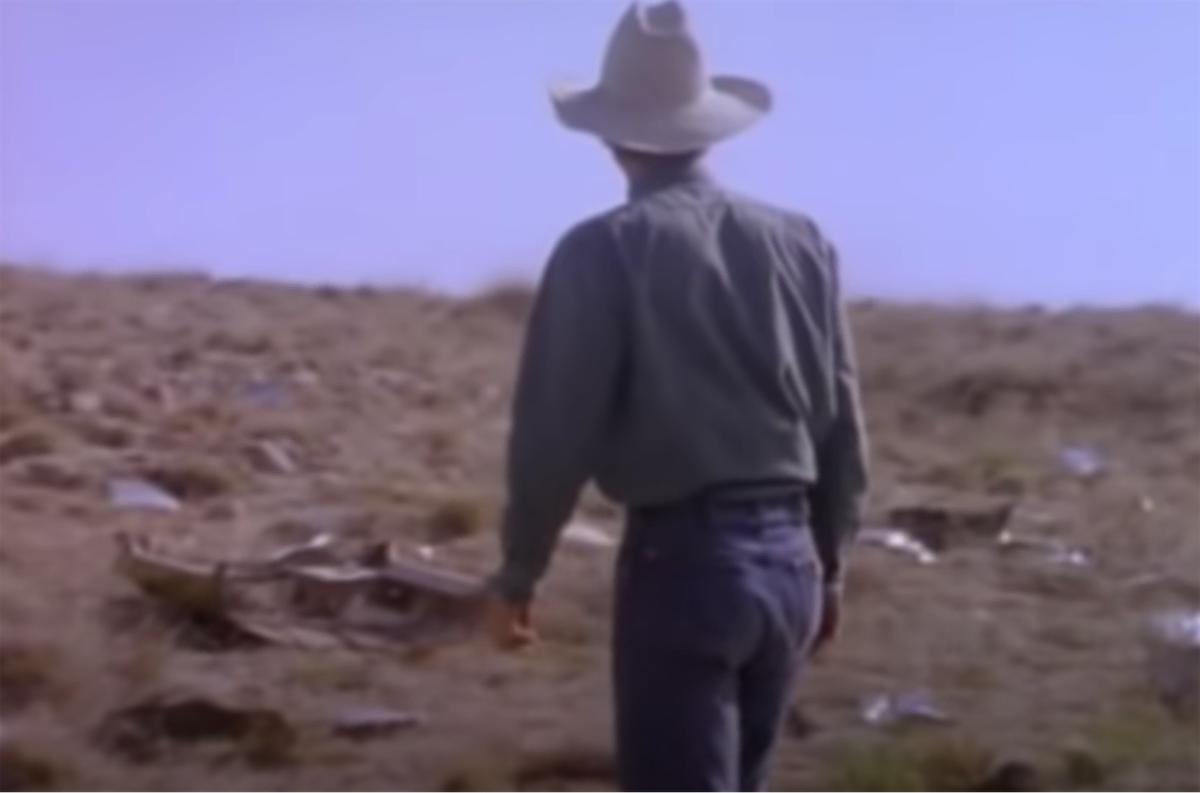
Unsolved Mysteries layered the interviews with scenes of an elaborate reenactment of the saucer-and-bodies narrative, complete with a heavy-handed government coverup and mention of the “Majestic 12.”¹⁶
At the time of airing, Unsolved Mysteries drew a weekly audience of about 16.5 million viewers.¹⁷ One viewer, a Roswell native named Glenn Dennis, was so struck by the episode that he called the television show’s tipline, telling them that he had information on the case.
Glen Dennis’ account
In the summer of 1947, at the age of 22, Glen Dennis was a mortician and ambulance driver at Ballard Funeral Home in Roswell, which often did business with the nearby Roswell Army Air Field. Dennis’ account of the events at Roswell would change over time, but the truth of any version of his experience would make him perhaps the most consequential witness of the investigation.
As reported in Crash at Corona by Stanton Friedman and Donald Berliner, Dennis, whom Friedman first interviewed in 1989, relayed the following:¹⁸
On July 9 or 10, 1947, Dennis was working at Ballard when he received a few puzzling phone calls from Roswell AFF, one of which asked about obtaining small, hermetically sealed caskets. Dennis also fielded questions from an officer on how to handle bodies that had been exposed to the element for several days.
Later that day, Dennis dropped a mildly-injured soldier off at the Roswell AAF hospital. While there, Dennis spotted a truck full of wreckage, including a piece of debris that resembled the bottom of a canoe.
Dennis headed into the hospital, looking for a nurse with whom he had recently struck up a relationship.
(Dennis did not provide a name for the nurse, an omission that would later trouble the credibility of his account.)
The nurse, on seeing him, allegedly said, “How in the hell did you get in here?” and “My God, you’re going to get us killed!” whereupon a “red-headed colonel” ordered two military police officers to eject him from the hospital.
Allegedly, Dennis received a phone call later that night threatening him to keep his mouth shut.
On the following day, Dennis met the nurse for lunch. She allegedly told Dennis that the Army had brought three small corpses into the hospital, two of which were badly mangled. She described them as having large, bald heads. Their noses and ears did not protrude. They lacked thumbs and that their fingers had suction cups. The smell of the bodies, she said, was sickening.
Dennis drove her back to the barracks and never saw her again. He learned later that she had been transferred to the U.K. According to Dennis, a letter that he wrote to her was returned and stamped “Deceased,” indicating that she was dead.
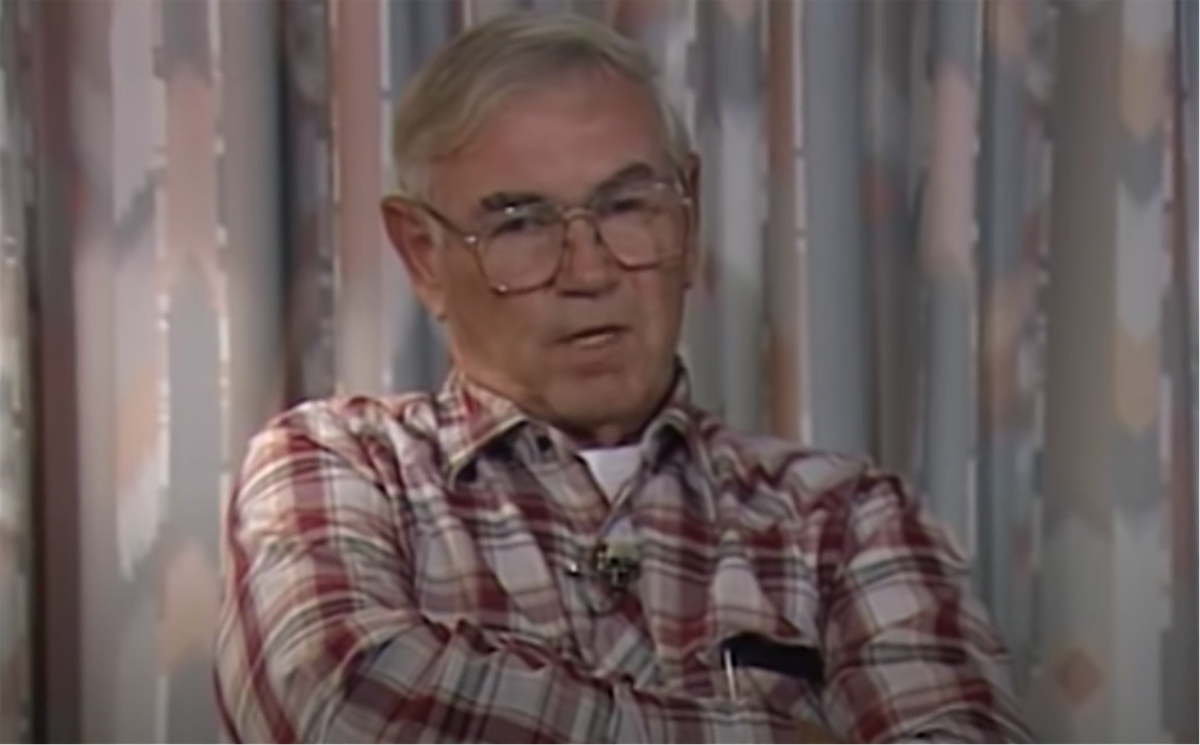
In 1991, Kevin Randle and his fellow UFO investigator Donald Schmitt included substantially the same account from Glenn Dennis in their book The UFO Crash at Roswell.¹⁹ A few years later in The Truth About the UFO Crash at Roswell, the authors put out a version of Dennis’ account that differentiated and elaborated upon the early calls Dennis allegedly received at the funeral home.²⁰ Randle and Schmitt also reported that Dennis claimed to have seen strange inscriptions on the wreckage by the hospital.²¹
Randle and Schmitt also reported that during Dennis’ run in with the military police at the hospital, a “red-haired” captain poked him in the chest and said, “Somebody’ll be picking your bones out of the desert.” Allegedly, an African American sergeant added, “Or you’ll make good dog food.”²²
Randle and Schmitt also reported that Dennis alleged that these two men asked the local sheriff, George Wilcox, about him. Additionally, according to the authors, Dennis’ nurse friend allegedly told him even more details about the bodies brought to the hospital, including that their bones were “pliant.”²³ ²⁴ ²⁵
The Revisionist Roswell
Beyond the elaborations of Glen Dennis’ account, Randle and Schmitt over the course of their books in 1991 and 1994 propose dozens of substantial changes and additions to the Roswell narrative. Here are a select few of these revisions:
The crash occurred on July 4, not July 2 as had become accepted, and a handful of people actually saw the UAP hurtle towards the ground, including a couple out camping. The couple, named James Ragsdale and Trudy Truelove, inspected the wreckage and the corpses, according to Randle and Schmitt.²⁶
Moreover, the authors say, military radar had tracked the UAP across the New Mexico sky.²⁷
On July 5, the Army executed its recovery of the saucer and the bodies, an operation witnessed by an archeologist named Dr. Curry Holden of Texas Tech University and a group of his students.²⁸ Contrary to previous reports, the saucer’s impact left a 500 foot-long gouge in the desert and burned the sand to blackened glass, Randle and Schmitt say.²⁹
(Randle and Schmitt [and Friedman and Berliner] also assert that an entirely different spaceship crashed near St. Augustin, New Mexico. The Saint Augustin site was the one Grady Barnett happened upon, they say, but before Barnett arrived, a man named Gerald Anderson also found its wreckage and occupants.)
Following the recovery near Roswell, an Army sergeant named Melvin Brown was ordered to ride in the back of the truck. There, Brown saw the bodies, of which there were five. Brown would tell his daughter they had leathery, beaded, yellow-orange skin.³⁰ At Roswell AAF and Ft. Worth AAF, Army physicians performed autopsies on the bodies.³¹ Pappy Henderson, according to Randle and Schmitt, not only flew the bodies and debris to Wright Patterson in Ohio, but also kept a piece of the alleged spaceship for himself.
Randle and Schmitt claim to have interviewed over 300 people in the course of their research.³²
Roswell-Mania
Randle and Schmitt’s The Truth About the UFO Crash at Roswell served as the basis for the 1994 television movie Roswell.³³ The movie, debuting on Showtime and starring Kyle Maclachan as Jesse Marcel and Martin Sheen as his foil “Townsend,” an invented character, received favorable reviews from The New York Times,³⁴ the Los Angeles Times³⁵ and Variety,³⁶ and was nominated for a Golden Globe.³⁷
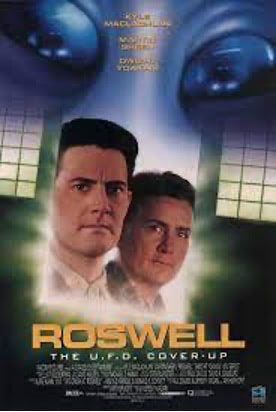
Despite the praise for Roswell, another, more graphic film on the topic would draw more viewers. In May 1995, a 17-minute black and white film known simply as Alien Autopsy debuted at a private screening room in London, England. The film’s owner, cinema entrepreneur Ray Santilli, claimed that he bought the footage from a U.S. Army camera operator. The film, Santilli insisted, was an actual autopsy of an exterrestrial corpse taken from the alleged Roswell crash in 1947.
Within months, 32 television stations around the world would air the film, and as many as 1.2 billion people, one-fifth of the human population, would see Alien Autopsy.³⁸
Years later, Santilli admitted that the autopsy was staged.³⁹
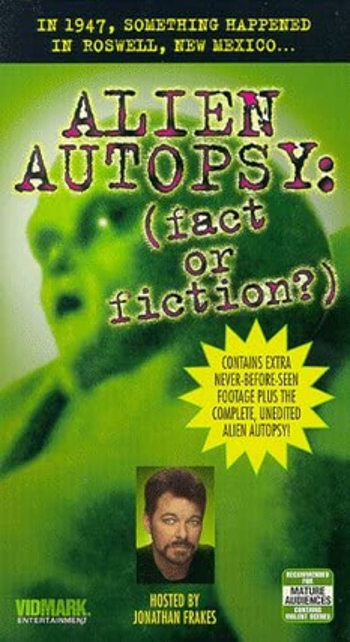
Meanwhile, on the ground at Roswell, the rising interest in the bodies, saucer and conspiracy narrative had transformed the city into an alien-themed tourist destination.
In 1992, Glenn Dennis and William Haut, the press officer at Roswell AAF, founded the International UFO Museum and Research Center. By then, however, Dennis and Haut’s venture was the city’s second UAP Museum.⁴⁰
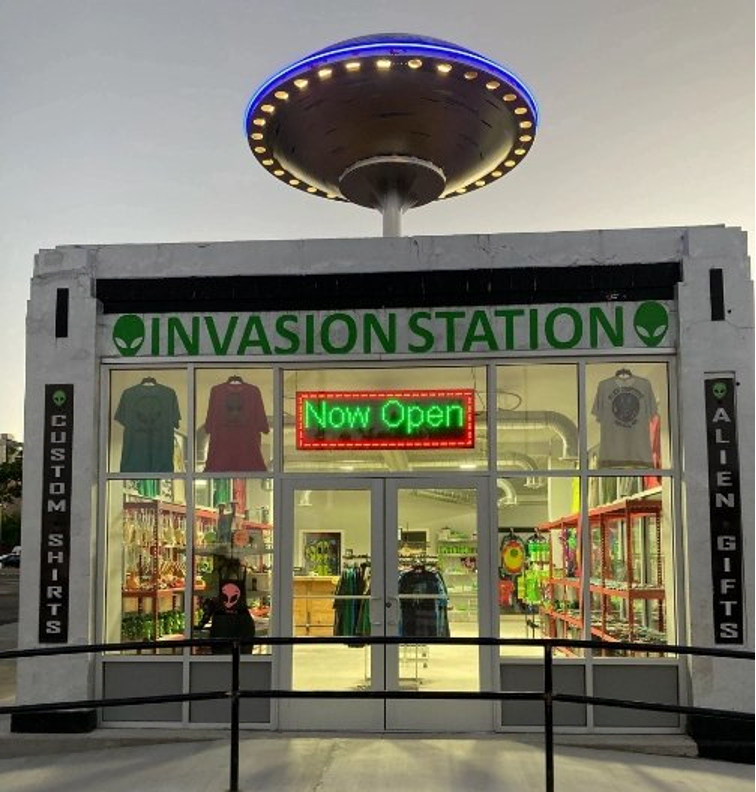
Far outside of town, various ranchers began touting their land as the genuine crash site, charging up to $15 a head for anyone wishing to take a look. In July 1995, the town organized its first UFO-crash celebration day, a rehearsal for the 50-year anniversary to come two years later.⁴¹
…
Roswell was no longer forgotten. Instead, by the mid-1990s, the bodies-wreckage-and-conspiracy case of the 1947 crash had cracked into broad awareness. Results from a Time/CNN poll indicated that eight of ten Americans believed their government was withholding evidence of the existence of extraterrestrial life. Further, nearly two-thirds of respondents said they believed that an alien spaceship had crashed outside of Roswell some-fifty years ago.⁴²
So, while an individual television episode on the 1947 crash, or the release of a dubious “secret” document might appear inconsequential in hindsight, “Roswell” as a concept had become a cultural force. It shaped the public consciousness around questions of truth, life in the universe, and reality.
The U.S. Government, it seemed, would have to respond. Click here to follow the story in Roswell, Part 3.